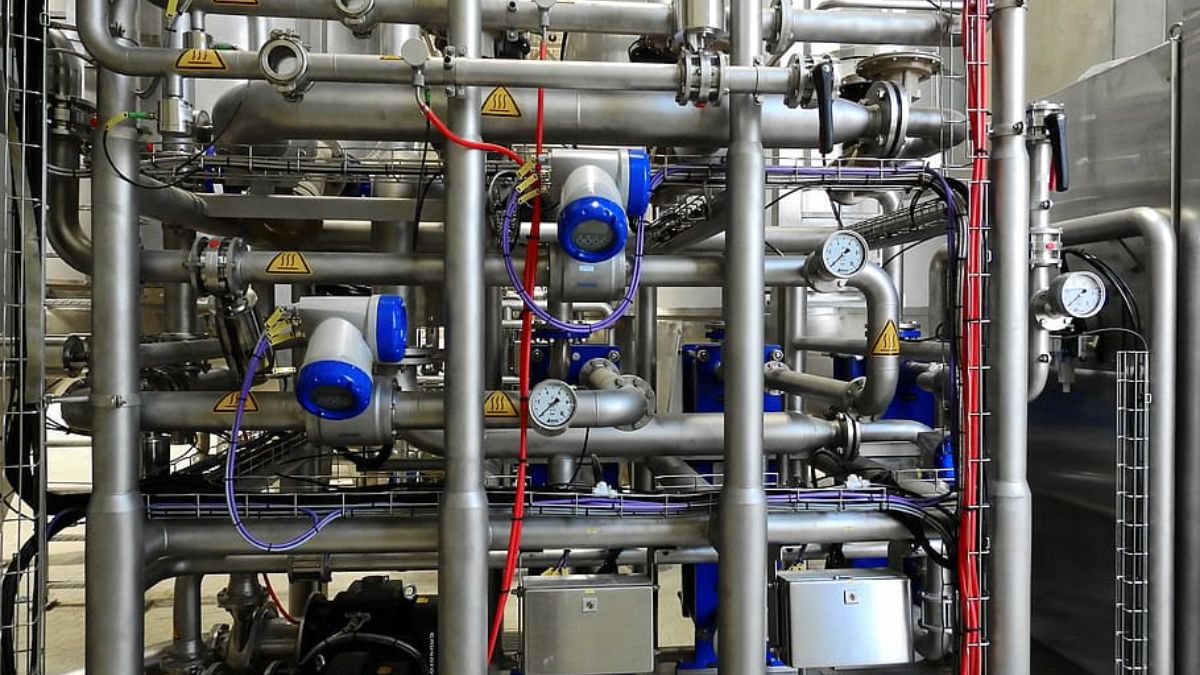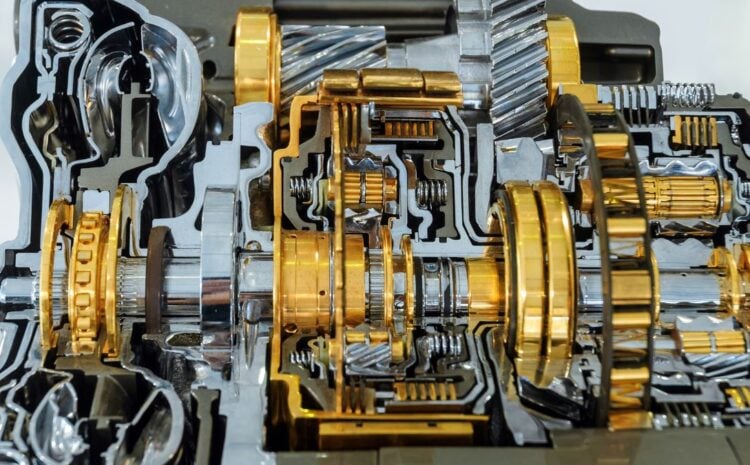Introduction
Choosing the right industrial extruder gearbox is crucial for the smooth operation and efficiency of any manufacturing process. With so many options available in the market, it can be overwhelming to make the right choice. This article will provide the top 5 tips for choosing an industrial extruder gearbox.
Whether you are a seasoned professional or a beginner in the industry, these tips will help you make an informed decision and ensure you get the best gearbox for your specific needs.
Tip 1: Assess the Load and Torque Requirements
Gauge Your Needs
- Know Your Load: Understand the peak load your specific industrial application will place on the gearbox. Whether you’re running a twin screw extruder or another type of machinery, you’ll need to know how much load your system will handle at its maximum.
- Calculate Torque and Power: Don’t just guess—calculate the torque and horsepower requirements for your screw extruder. This will give you a concrete idea of what you need your gearbox to handle in terms of mechanical energy.
- Material Considerations: Remember the types of materials you’ll be processing through your system. Different materials may have different resistances, affecting the load and torque demands.
- Plan for the Future: It’s always a good idea to think about potential future expansions of your operations. Your current load requirements might change, so plan.
The Takeaway
- Go Beyond the Minimum: Always choose a gear reducer to handle more than your calculated maximum load and torque requirements. This added ‘safety margin’ prevents the gearbox from overloading and extends the lifespan of components like gear teeth.
- The Importance of Safety Margins: Operating close to or at the peak capacity of your gearbox can lead to quicker wear and tear, especially on essential parts like gear teeth. A gearbox with extra capacity offers peace of mind and reduces the risk of sudden breakdowns and subsequent repair costs.
Tip 2: Examine the Gear Ratio and Output Speed
The Nuts and Bolts
- Crunch the Numbers: Knowing how the gear ratio affects the output shaft speed and torque in your extruder gears is crucial. In layman’s terms, the gear ratio is the relationship between the speed at which the input shaft spins and the speed of the output shaft. A higher gear ratio can increase torque but will reduce speed, while a lower ratio does the opposite.
- Define Your Needs: You must pinpoint exactly what output speed and torque your operation demands. This could be influenced by various factors, from the materials you’re processing to the speed at which your twin screw extruder operates.
The Takeaway
- A Versatile Gearbox is Your Best Bet: Choose a gear unit capable of delivering a broad range of speeds and torques. This versatility will allow you to adapt as your operational needs evolve, particularly if you foresee running your machinery at high speeds.
- Why Versatility Matters: A versatile gear unit is especially important in dynamic industrial applications where the machinery’s operational parameters can change frequently. A wide range of speed and torque options ensures that you won’t be boxed into a corner, operationally speaking.
Tip 3: Weigh Gearbox Efficiency
Cost-Effectiveness
- Check the Efficiency Rating: Gearbox efficiency isn’t just a number; it’s an indicator of how well the gearbox converts input energy into output. A higher efficiency percentage means less energy loss, translating to lower energy bills for your operation.
- Understand Axial Forces: Axial forces can have a considerable impact on gearbox efficiency. Knowing how your gearbox manages these forces, often through thrust bearings, can give you an insight into its long-term efficiency. Poor management of axial forces can result in higher energy consumption and reduced lifespan of the gearbox components.
The Takeaway
- Invest in High-Efficiency Gearboxes for Future Gains: While gearboxes with higher efficiency ratings may come with a higher upfront cost, the long-term energy savings often justify the initial investment. Over time, a high-efficiency gearbox will be a more cost-effective choice.
- Why Efficiency Matters: Operating costs are a long-term commitment, and an efficient gearbox can significantly reduce these ongoing expenses. The money you save on energy can be reinvested back into your operation, perhaps in areas like gearbox repair services or future expansions.
Tip 4: Size and Mounting—They Matter
Space Check
- Measure Your Space: Before making any decisions, carefully measure the area where the gearbox will be installed. Make sure to consider any spatial limitations that could restrict your options for size and mounting methods.
- Compatibility is Key: Consider how the new gearbox will integrate with your existing machinery, especially if you use specialized equipment like a twin screw extruder. You don’t want to discover compatibility issues after you’ve already made the purchase.
The Takeaway
- Choose a Streamlined Solution: Opt for an industrial gearbox that meets your technical requirements and fits comfortably within your available space. A compact design is often beneficial, allowing for easier installation and better integration with existing systems.
- Why Size and Mounting Matter: Neglecting to consider size and mounting can lead to operational headaches down the line, including costly modifications to your setup or even having to return a gearbox that won’t fit.
Tip 5: Don’t Overlook the Manufacturer and Warranty
Reputation Check
- Evaluating Reputation: To make an informed decision, delve into the manufacturer’s track record, specifically in gear manufacturing. Browse customer reviews for a real-world sense of the product’s performance and durability.
- Exploring Repair and Warranty Options: Don’t just gloss over the warranty information; understand what it encompasses. Look into whether the manufacturer offers a range of gearbox repair services, and clarify what their warranty covers—parts, labor, or both.
The Takeaway
- A manufacturer with a strong reputation often offers in-depth warranties and exceptional customer support. This level of service minimizes your risk and ensures that you’re making a sound investment in your industrial operations.
Conclusion
Choosing the right industrial extruder gearbox is essential for the efficient and reliable operation of your manufacturing process by considering the load capacity, gear ratio, gearbox efficiency, size, mounting options, and manufacturer reputation.
Follow these top 5 tips to ensure you invest in a high-quality gearbox that will meet your requirements and provide long-term value.
And when your best-laid plans go awry, know that Extruder Gearbox Repair is there to handle all your repair and remanufacturing needs, ensuring you’re back to peak performance in no time.



